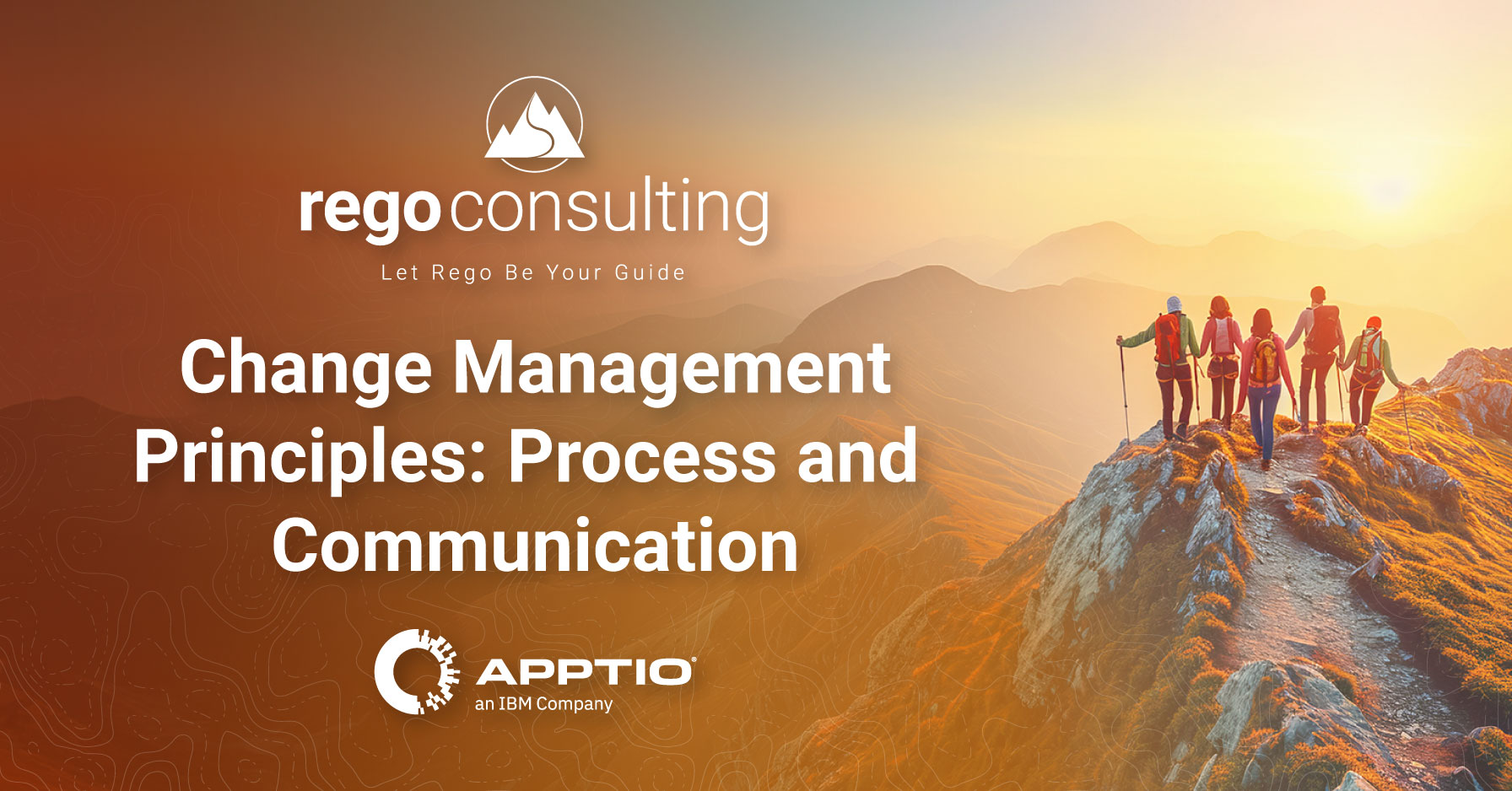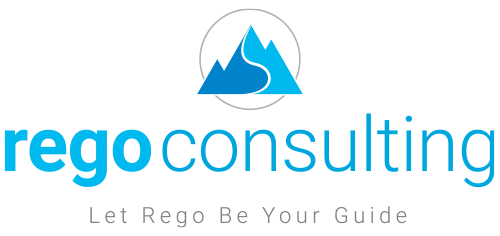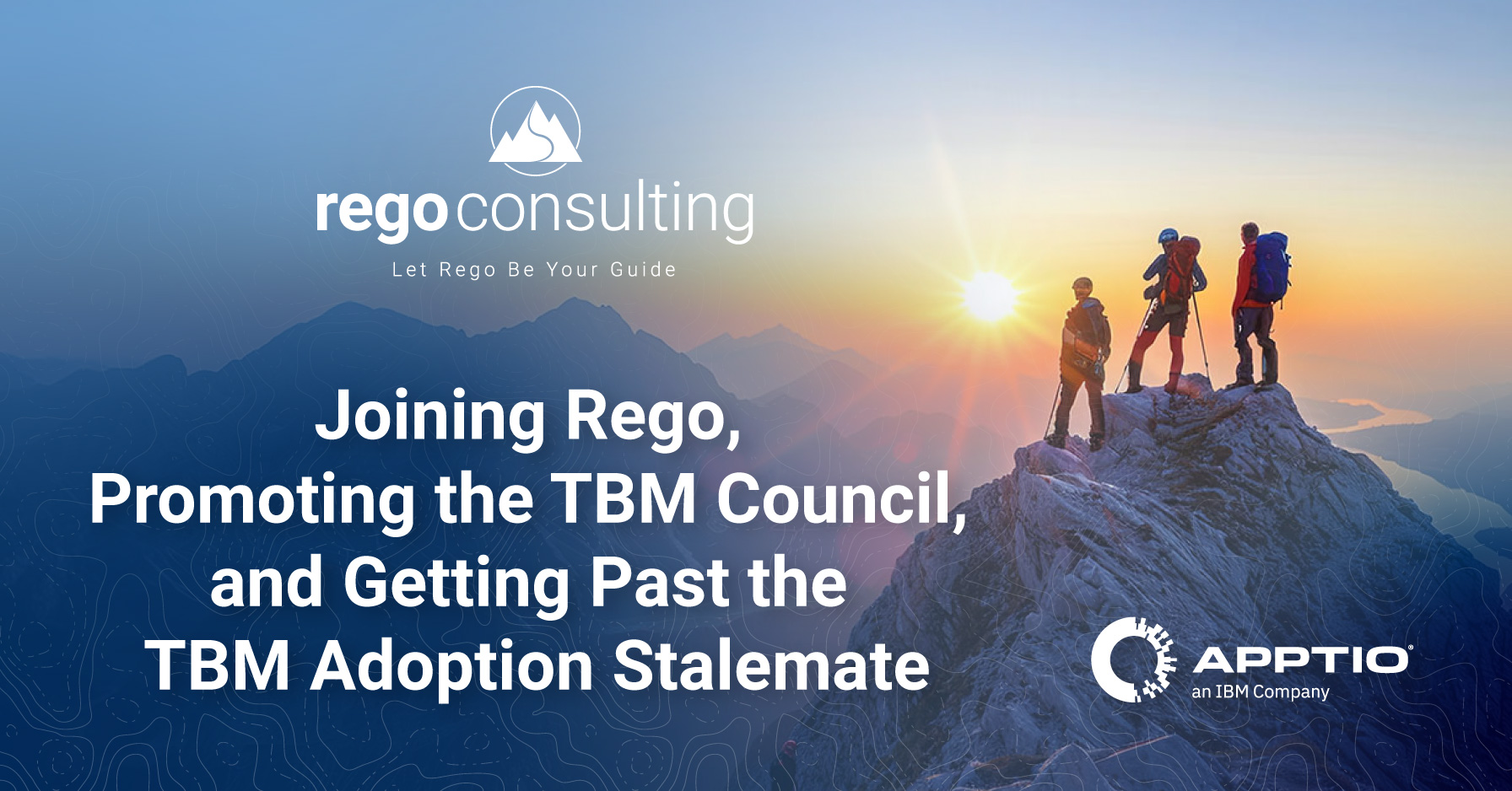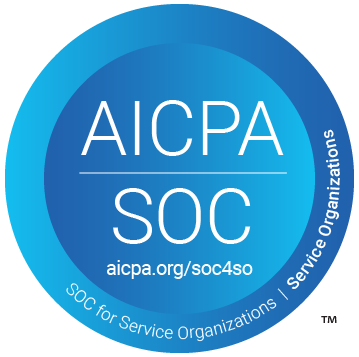
Let’s face it — change management principles are necessary because change is constant, and it’s hard!
Changes happen in our personal lives all the time. It doesn’t have to be as big as buying a new home or as tricky as adding to your family. Some people struggle even with small things, such as rearranging furniture or switching telecommunications providers.
At work, it can be even more challenging — even if the alterations are mundane. New software, different tools, added projects, revised priorities, new team members, and modified processes all impact us professionally.
What Is Change Management?
“Change management” is a systematic approach that helps your organization’s people (employees, contractors, etc.) plan for, implement, and thrive during and after change.
And what is “change”? It’s anything new or different that causes shifts in behavior, processes, or expectations.
Examples
Here are a few examples of when you’ll need to manage change. Bottom line: if it impacts people, you’ll need to manage it.
Synonyms and Related Ideas
When you hear these terms, it’s time to dust off your change management playbook!
Why Do You Need to Manage Change?
Mismanaged change risks poor organizational outcomes and increased costs, including:
 New Coke fizzled after Coca-Cola launched a new formula to replace the original. Customers rebelled. The company backtracked and resurfaced the original “Classic Coke,” wasting time and money while destroying brand trust.
New Coke fizzled after Coca-Cola launched a new formula to replace the original. Customers rebelled. The company backtracked and resurfaced the original “Classic Coke,” wasting time and money while destroying brand trust.
Blockbuster once was a video rental powerhouse. According to Fortune, when a small startup named Netflix approached the larger company to sell, Blockbuster executives laughed the Netflix team out of the room. Blockbuster filed for Chapter 11 in 2010. Netflix, as of August 2025, is worth nearly $500 billion. Blockbuster failed to evolve, relying too heavily on late fees and physical stores while ignoring digital streaming.
Change Management Principles
There are core principles — key components — that help people and organizations transform successfully.
Create a Change Management Process and Plan
Treat change like a project. Create a systematic process.
- Understand the change and its purpose.
- Assign roles and identify stakeholders. You may need a change manager, but you’ll definitely need a project manager. Also identify:
- A steering committee
- Champions
- Impacted employees
- Communications and Human Resources (HR) team members
- Finance representatives
- Understand the project timeline and allow time for buy-in.
- Define success metrics, including using employee surveys.
- Build contingency plans and pivot as necessary.
For a deep dive into change management, view this white paper.
Create a Change Management Communication Plan
Collaborate with HR or internal communications to clearly explain what the change is and why it’s necessary. Understanding the “why” is essential. It’s human nature to fear change, and communicating the reasoning helps ease that fear.
Key questions to answer when communicating:
What’s in It for Me (WIIFM)?
By answering WIIFM for every employee, you’ll make the modifications easier.
Example: If employees are being moved to a new department, WIIFM (the why behind it all) might include increased visibility into strategy, access to a larger training budget, new tools, or opportunities for advancement. Make sure employees know!
Communication Plan Tips
- Communicate at least 5–7 times. The larger the change, the more repetition is needed.
- Tailor messages to different stakeholder groups.
- Use multiple channels: email, meetings, video calls, intranet, etc.
- Prioritize face-to-face meetings when possible (video is second-best).
- Ask managers to help share information; they’re trusted messengers.
- Keep communication consistent and ongoing.
- Encourage questions and feedback.
Engage People in the Change
A simple but often overlooked tactic is to involve the people impacted by the change in the project. Project owners and managers should guide the project, but impacted staff could help with important ideas.
Some ideas for how to involve people include:
Example of Engaging People
In a rebrand, employees can help shape messaging, choose a logo, vote on a name, update assets, and even help notify customers.
Create a Culture of Adaptability to Change
Being agile and resilient is important in the workplace, just as it is your personal life. Hire and reward people who demonstrate agility and behaviors that align with your brand and values.
How to reward them:
Select Change Management Software
Having the right tools and knowing how to use them can make or break your efforts. The right software supports execution and promotes a smooth transition. You’ll need software to:
Let Rego Be Your Change Management Guide
For nearly 20 years, Rego Consulting has helped organizations manage change.
We bring proven principles, processes, and hands-on experience — backed by more than 200 expert consultants — to ensure your initiatives succeed. We support software implementations, business transformations, and organizational growth.
In addition to consulting, we offer:











